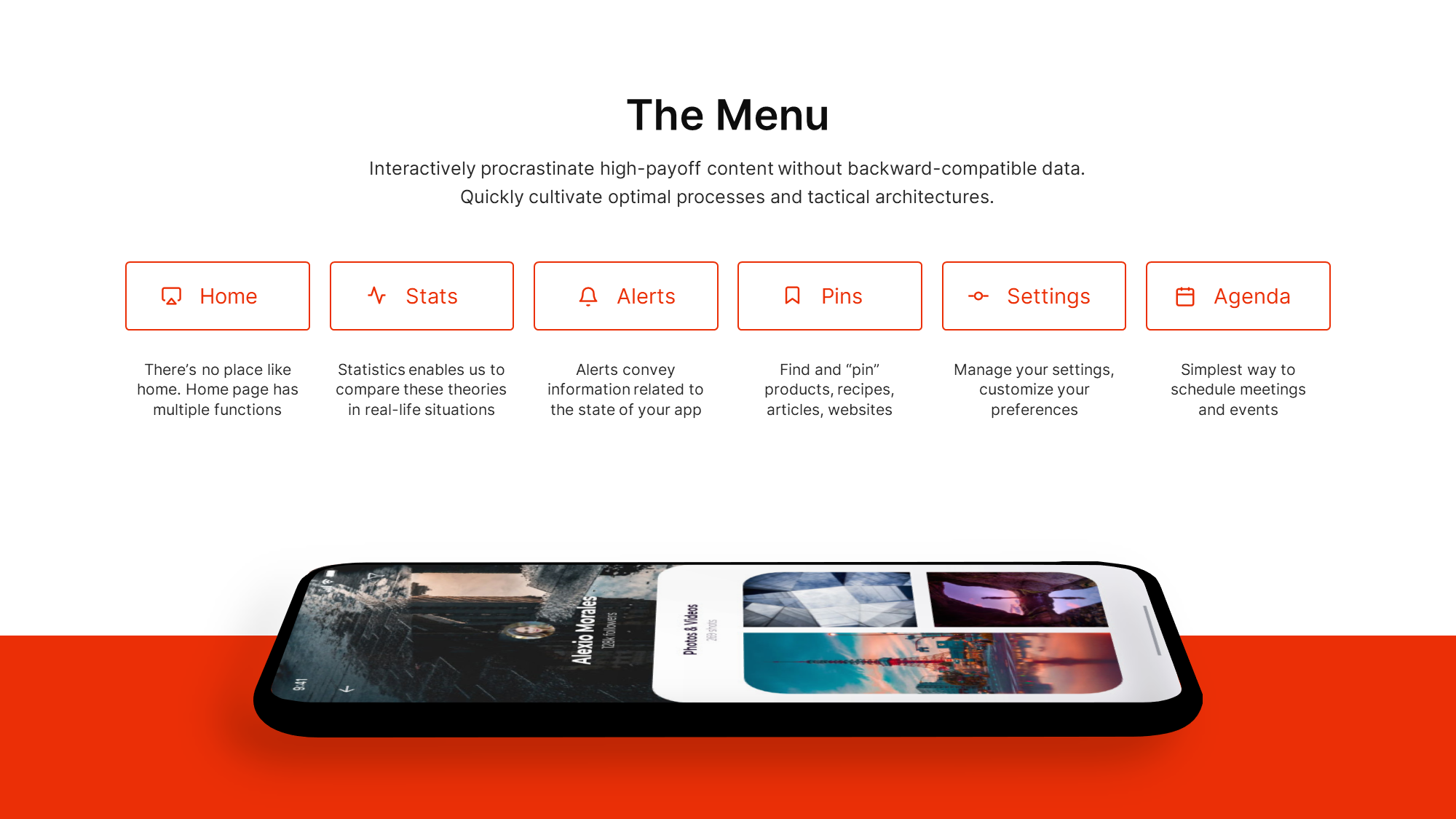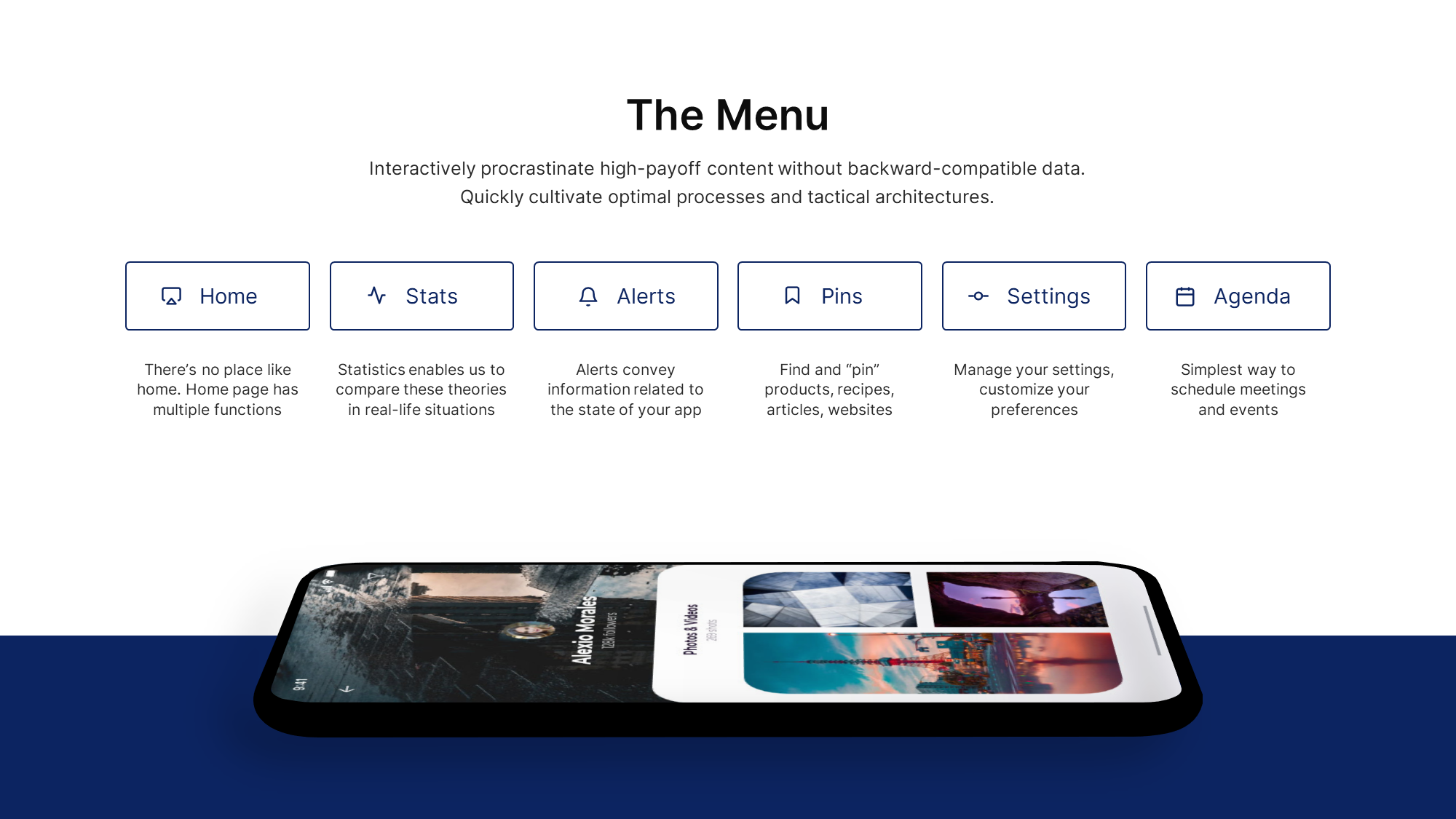How to structure an effective pitch deck to attract investors
Start with the structure that VCs expect most from your pitchdeck
Find out how to use colors in PowerPoint and customize your presentations


You've probably already noticed this feature in PowerPoint, which you may have put aside because it proved to be more annoying than practical. When used properly, however, it saves valuable time, whether it's when your manager asks you to finally change that blue you've been using throughout the 80 slides of your report, or simply to quickly visualize how to render several color combinations on your slides in order to make a choice about which ones to use. Here's how to do it.
PowerPoint theme colors provide a dynamic color palette for your presentation. In fact, in addition to acting as a shortcut for the colors you will frequently use in your file, the color theme allows you to change all occurrences of a color you have used throughout your presentation in one go without having to change each text, each shape, each background of this color within your slides one by one.
You will find the theme colors in the mask mode. To access it, open the View tab in the Ribbon and select Slide Mask.
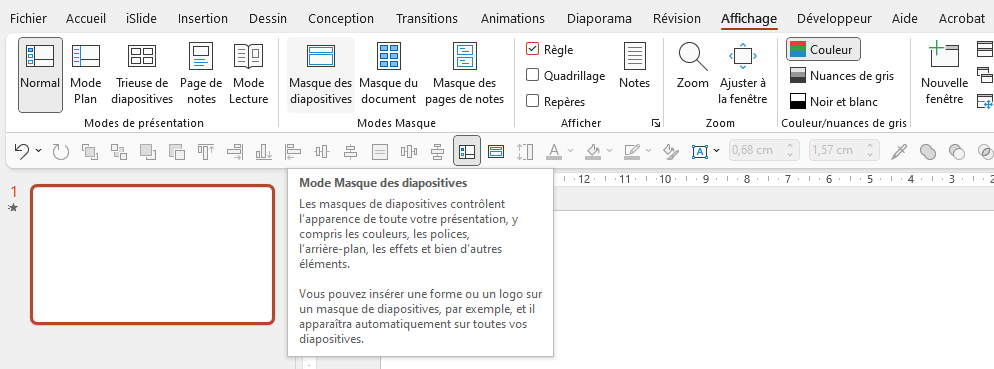
From this new tab, you can edit the theme colors via the Colors button, then the Customize colors option...
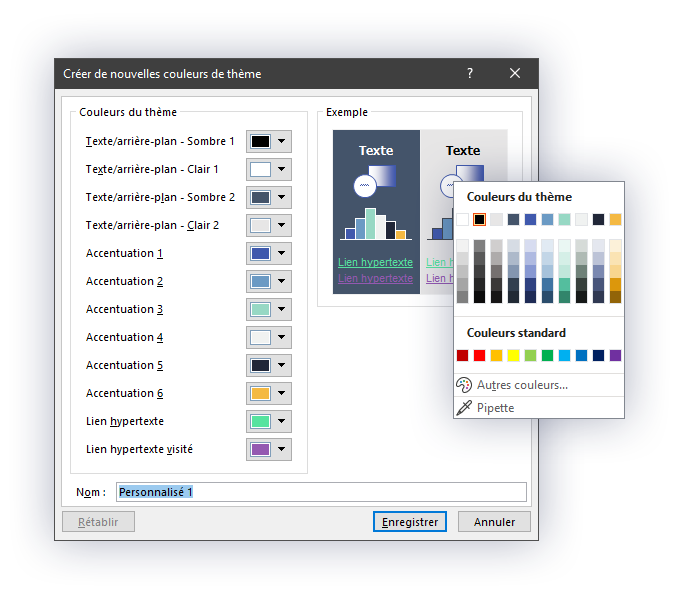
The 1st color (Text/Background - Dark 1) is the most important color here because every time you create a text area in your presentation, this is the color that will be used by default. We recommend that you do not change this color unless you plan to have the majority of the text in your presentation not be black.
The following three colors have no concrete use in PowerPoint except as a shortcut. Feel free to change them if you need to, but we recommend keeping the white one, which could be useful (for writing text on a dark color for example).
The color Emphasis 1 is also important because it is in this color that each shape you add to your slides will be created. Similarly, if you add a chart to your presentation, it will use the theme colors in the order of the highlight colors (as indicated by the small bar chart in the example).
After setting your 6 accent colors (and possibly the hyperlink colors), give your theme a name and click on Save (it will be automatically saved in the theme list for later use).
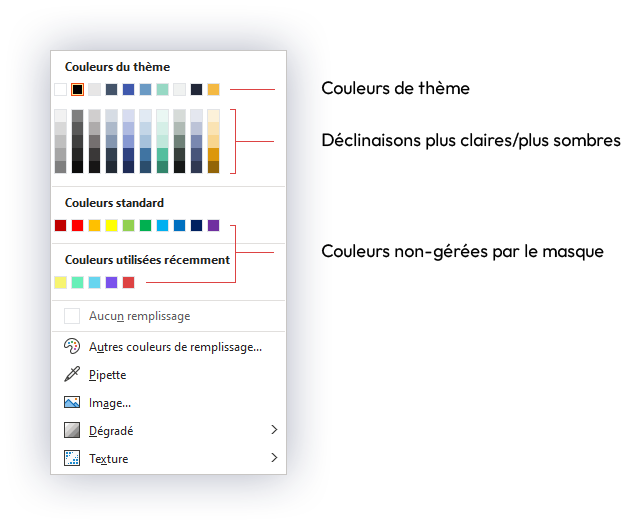
First of all, when designing your slides, make sure you use the colors you have previously configured (or the light/dark variations automatically generated by PowerPoint). If you use the standard colors or any other color, they can only be modified individually on your texts or shapes. Similarly, if you use the eyedropper tool to retrieve a theme color from an object, PowerPoint will create a duplicate of this shade in the "Recently used colors" which will not be dynamic (but you should not need to use the eyedropper tool for your theme colors since they can be found in the color chart).
To change the colors of your presentation, simply return to the slide mask following the same steps as for the initial theme color configuration. When you change one of the configured colors, you will see all occurrences of that color automatically update to the new chosen color.
